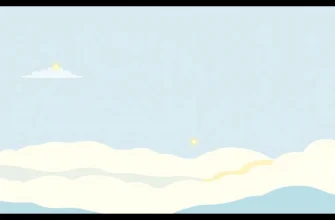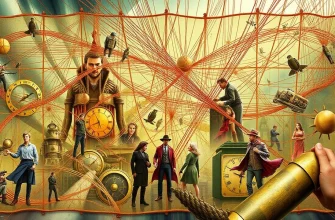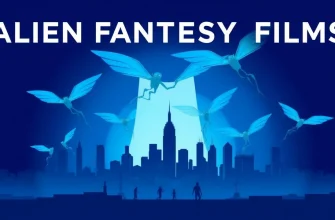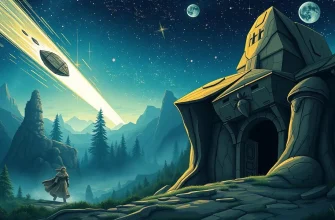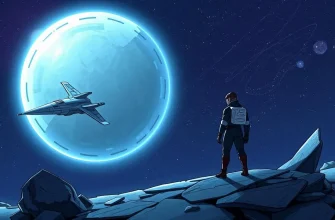Embark on a journey through the realms of imagination with our curated list of fantasy films that delve into alternate realities. These movies not only entertain but also challenge our perceptions of reality, offering a glimpse into worlds where magic, mystery, and alternate histories reign supreme. Whether you're a fan of epic sagas or intimate tales of otherworldly adventures, this collection promises to transport you to places where the impossible becomes possible.

The Wizard of Oz (1939)
Description: Dorothy Gale is whisked away to the magical land of Oz, where she encounters witches, wizards, and talking animals, exploring themes of alternate realities and the power of home.
Fact: Judy Garland's iconic ruby slippers were originally silver in the book. The film was one of the first to use Technicolor.
 Watch Now
Watch Now 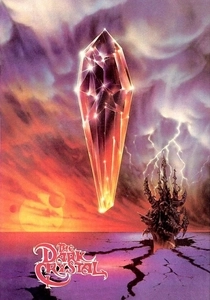
The Dark Crystal (1982)
Description: In a world where two races, the Gelflings and the Skeksis, exist, a young Gelfling embarks on a quest to restore balance by healing the Dark Crystal, which holds the key to an alternate reality.
Fact: Jim Henson's creation, this film was one of the first to use extensive animatronics. It took over five years to produce.
 Watch Now
Watch Now 
The City of Lost Children (1995)
Description: In a steampunk-inspired world, a scientist kidnaps children to steal their dreams, creating a surreal alternate reality where dreams and nightmares intertwine.
Fact: The film was directed by Jean-Pierre Jeunet and Marc Caro, known for their unique visual style. It was shot in Belgium and France.
 Watch Now
Watch Now 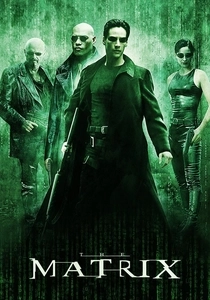
The Matrix (1999)
Description: This groundbreaking film introduces us to a simulated reality created by sentient machines to pacify and subdue the human population. Neo, the protagonist, discovers the truth and must choose between the blue pill of blissful ignorance or the red pill of harsh reality.
Fact: The film's concept of "bullet time" revolutionized action sequences in cinema. The Wachowskis wrote the script in just three weeks.
 Watch Now
Watch Now 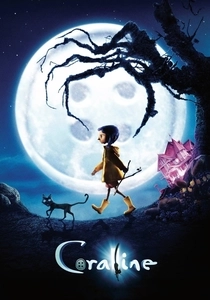
Coraline (2009)
Description: A young girl discovers an alternate version of her life behind a secret door in her new home, where her "Other Mother" seems perfect but hides a dark secret.
Fact: The film uses stop-motion animation, with each frame taking approximately 3 days to shoot. The movie was adapted from Neil Gaiman's novella.
 Watch Now
Watch Now 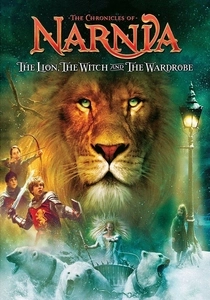
The Chronicles of Narnia: The Lion, the Witch and the Wardrobe (2005)
Description: Four siblings enter a magical wardrobe and find themselves in the fantastical world of Narnia, where they must help the lion Aslan defeat the White Witch to restore peace.
Fact: The film was shot in New Zealand, the same location used for "The Lord of the Rings" trilogy. The wardrobe was inspired by C.S. Lewis's own childhood experiences.
 Watch Now
Watch Now 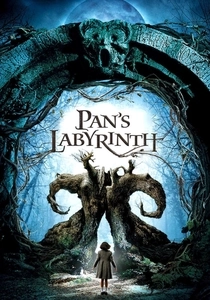
Pan's Labyrinth (2006)
Description: Set in post-Civil War Spain, a young girl escapes into a fantastical world where she must complete three tasks to prove her royal lineage, blending reality with a dark fairy tale.
Fact: The film was shot in English and Spanish, with the English version dubbed by the original cast. The faun's design was inspired by ancient Greek and Roman art.
 Watch Now
Watch Now 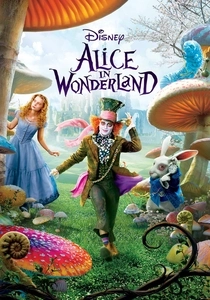
Alice in Wonderland (2010)
Description: Tim Burton's reimagining of Lewis Carroll's classic, where Alice returns to Wonderland, now called Underland, to confront her destiny in a world of wonder and madness.
Fact: The film used a combination of live-action and CGI to create its fantastical world. Johnny Depp's portrayal of the Mad Hatter was inspired by his own childhood memories.
 Watch Now
Watch Now 
The Imaginarium of Doctor Parnassus (2009)
Description: A traveling theater troupe led by Doctor Parnassus can transport people into an alternate reality through a magical mirror, where they face their dreams or nightmares.
Fact: The film was Heath Ledger's last project, and after his death, his role was completed by Johnny Depp, Jude Law, and Colin Farrell, each playing different versions of his character in the alternate realities.
 Watch Now
Watch Now 
Inception (2010)
Description: Christopher Nolan's mind-bending thriller where a professional thief uses an experimental technology to infiltrate the subconscious of his targets to plant an idea into a man's mind. The film explores layers of dreams within dreams, creating an alternate reality within the human psyche.
Fact: The film's dream levels were inspired by the structure of Russian nesting dolls. The spinning top used by Cobb was actually a gift from his real-life wife.
 Watch Now
Watch Now 

